How to Create a Safe and Hygienic Environment in Schools
Promoting a Safe and Hygienic Environment in schools for the health and well-being of students, faculty, and the larger community depends on keeping schools safe and hygienic. Schools need to implement policies that place a high priority on hygiene and safety to stop the transmission of infections, given the increase in infectious diseases like COVID-19, the flu, and other ailments. This is a guide about how schools can make their surroundings healthy for all students.
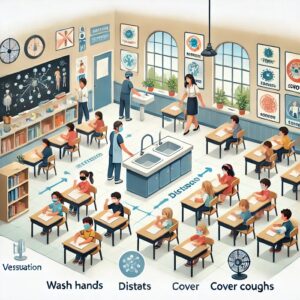
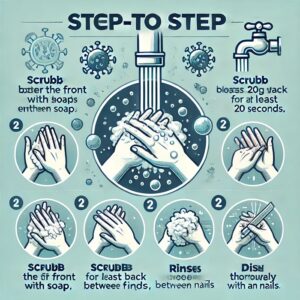
1. Implement Regular Cleaning and Disinfection Protocols
For the Safe and Hygienic Environment in schools require reducing the spread of germs requires cleaning and disinfecting commonly touched items including light switches, doorknobs, desks, and keyboards. High-traffic areas should be included in a cleaning plan developed by schools to make sure they are cleaned all day long.
Best Practices:
- Use disinfectants with EPA approval that are efficient against germs and viruses.
- Place hand sanitizer stations in public spaces such as classrooms, cafeterias, and entrances.
- After every usage, clean and sanitize shared items including computers, athletic equipment, and art tools.
2. Promote Proper Hand Hygiene
One of the best ways to stop the spread of infectious diseases in schools is to practice good hand hygiene. The transmission of germs can be significantly decreased by teaching employees and students effective handwashing procedures.
Steps for Proper Hand Washing:
- In particular, wash your hands for at least 20 seconds with soap and water after using the restroom or coughing or sneezing.
- If soap and water are not available, use hand sanitizer containing at least 60% alcohol.
- Put up signs in restrooms and classrooms to serve as a reminder to students to wash their hands.
3. Encourage Respiratory Hygiene and Etiquette
COVID-19 and the flu are two examples of respiratory diseases that spread quickly by respiratory droplets. Reducing the spread of germs can be achieved by teaching students appropriate coughing and sneezing techniques.
Key Steps:
- When students cough or sneeze, remind them to cover their mouth and nose with a tissue or their elbow.
- Throw away tissues right away, and then wash your hands.
- Remind students not to touch their face because it can harbor infections, especially the lips, nose, and eyes.
4. Maintain Proper Ventilation
Maintaining adequate ventilation is essential for reducing the spread of infectious diseases through the air. Making sure common areas and classrooms have adequate ventilation contributes to reducing the amount of airborne infections present.
Tips on Ventilation:
- Whenever possible, open doors and windows to increase air circulation.
- To purify the air, use HEPA filters or air filtration devices.
- To make sure HVAC systems are running effectively, perform routine maintenance on them.
5. Promote Vaccination
Vaccination plays an important role in limiting the spread of infectious diseases such as influenza, measles, and COVID-19. As part of their overall public health policy, schools should promote immunization among both students and staff.
Recommendations:
- Collaborate with local health departments to organize immunization clinics at schools.
- Inform parents and guardians about the benefits of routine vaccinations.
- Ensure that state and local vaccination requirements are met before enrolling in school.
6. Implement Social Distancing Measures
Physical separation can help in decreasing the spread of infections, particularly during peak flu season or disease outbreaks. While separating can be difficult in schools, there are strategies to limit crowding and contact among students.
Ideas for social distancing:
- Spread out lunch and recess hours to limit the number of students in common spaces.
- Arrange desks to keep students 3 to 6 feet apart.
- Limit your use of communal resources and venues, such as libraries or gym equipment.
7. Promote a Culture of Health and Safety
Developing a culture of health and safety is critical for long-term success in maintaining a hygiene school environment. Educating student, staff, and parents on the importance of hygiene, immunizations, and other preventative measures ensures that everyone is committed to keeping the school safe.
Actions To Take:
- Provide ongoing health and hygiene education through assemblies, posters, and digital communications.
- Train employees to spot indicators of disease and to follow protocols for isolating sick individuals.
- Establish methods for dealing with outbreaks, including communication plans and remote learning choices if needed.
8. Encourage Students and Staff to Stay Home When Sick
Keeping sick students at home is an important aspect of school illness prevention. Implementing policies that encourage students and staff to stay at home when they are sick is critical to limiting disease spread.
Considerations:
- Establish clear guidelines of when students and staff should stay at home, such as when they exhibit symptoms of fever, cough, or contagious infections.
- Implement flexible sick leave rules for staff, and help students who need to stay at home with remote learning options.
- Create an isolation area for students or staff who acquire symptoms during the school day while waiting for pickup.
Final Thoughts
To provide a safe and hygienic environment in school, community members, parents, and school staff must work together. Schools may greatly minimize the transmission of infections and promote a healthier learning environment by emphasizing cleanliness, supporting healthy practices, and pushing vaccines. These precautions support the community’s general well-being in addition to protecting individual students.
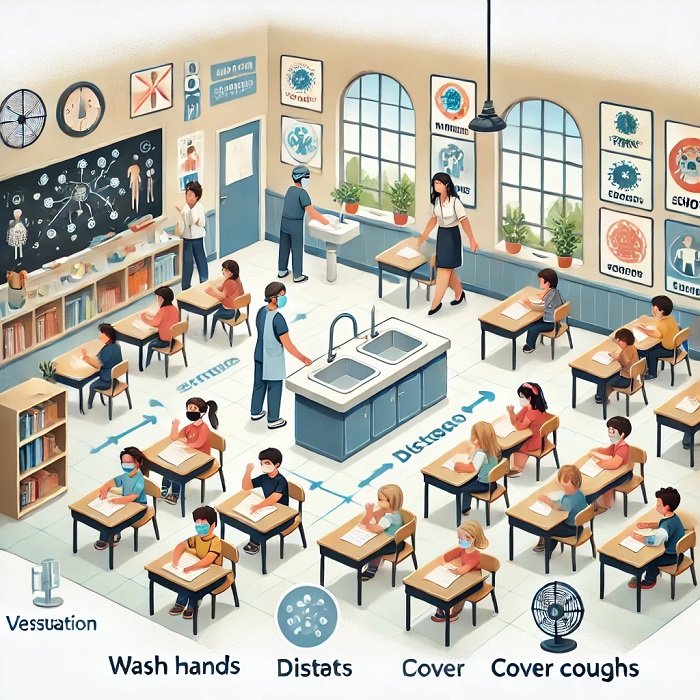

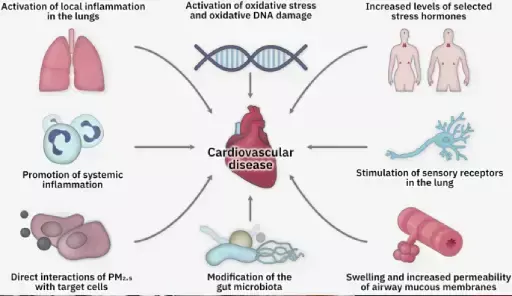
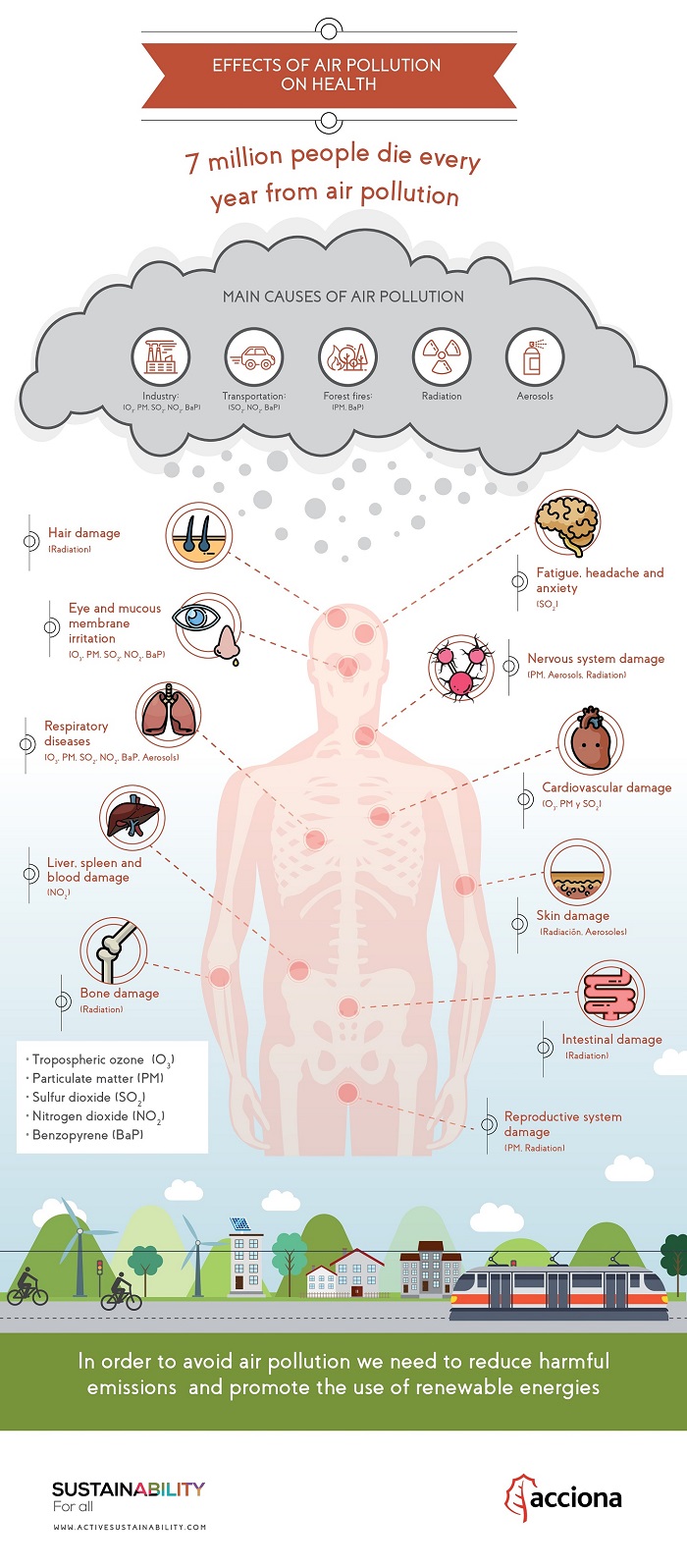
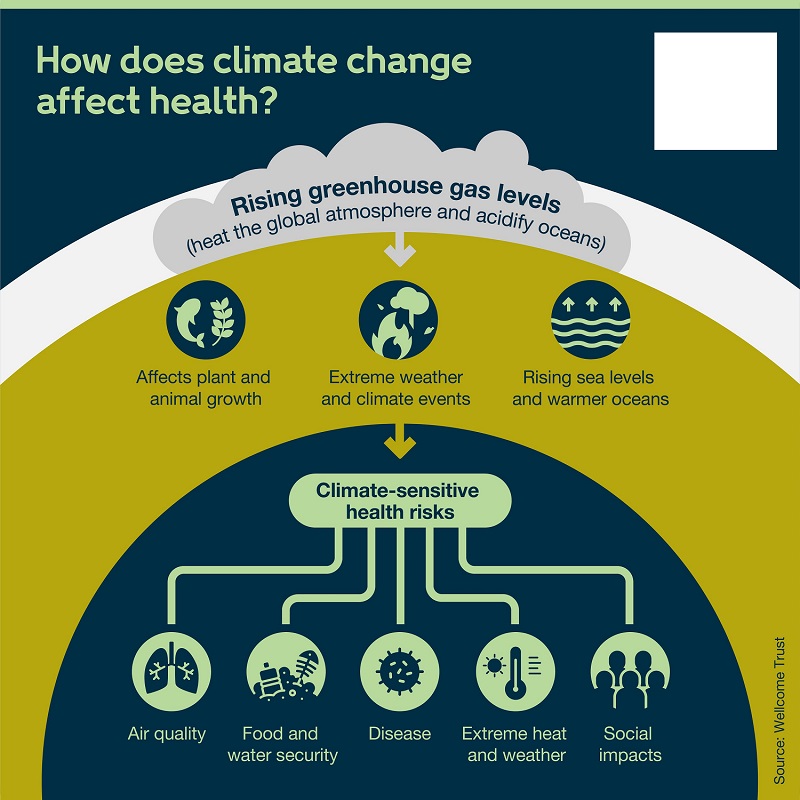
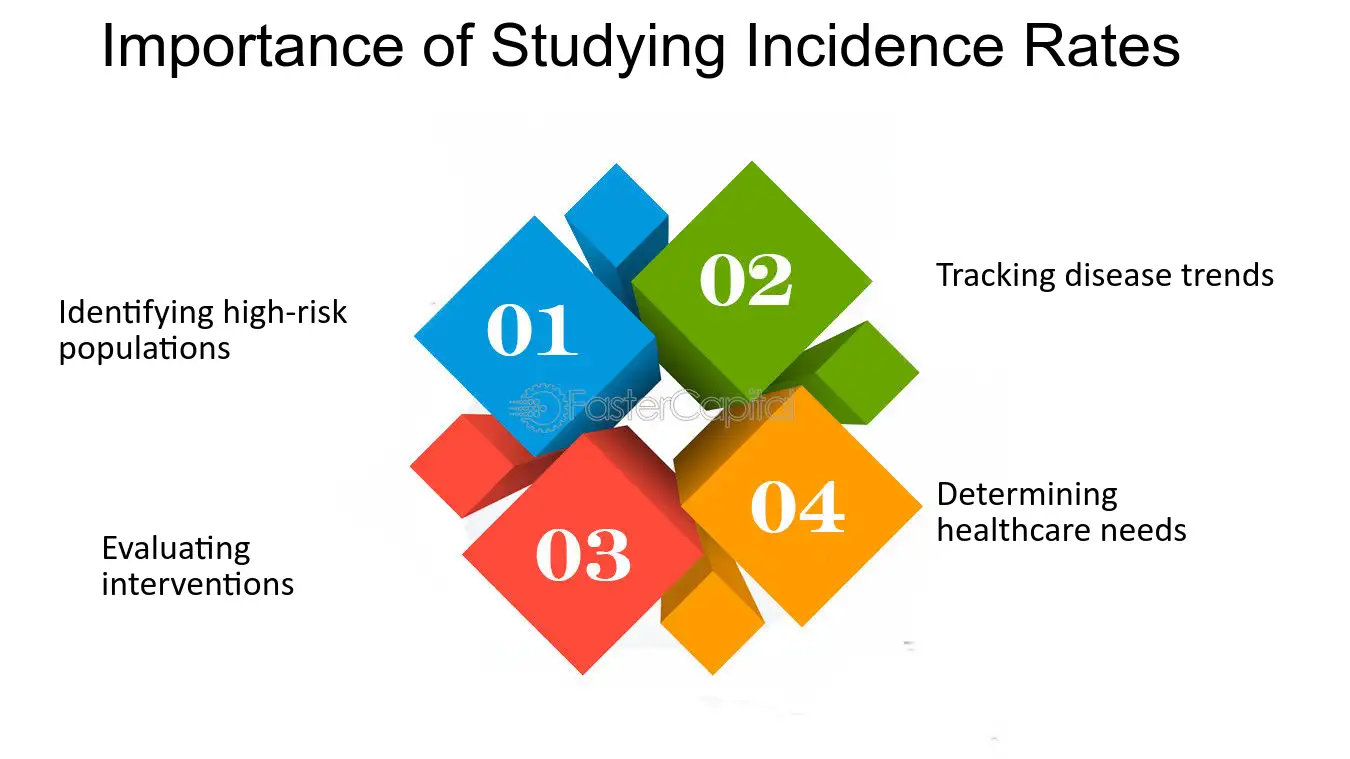
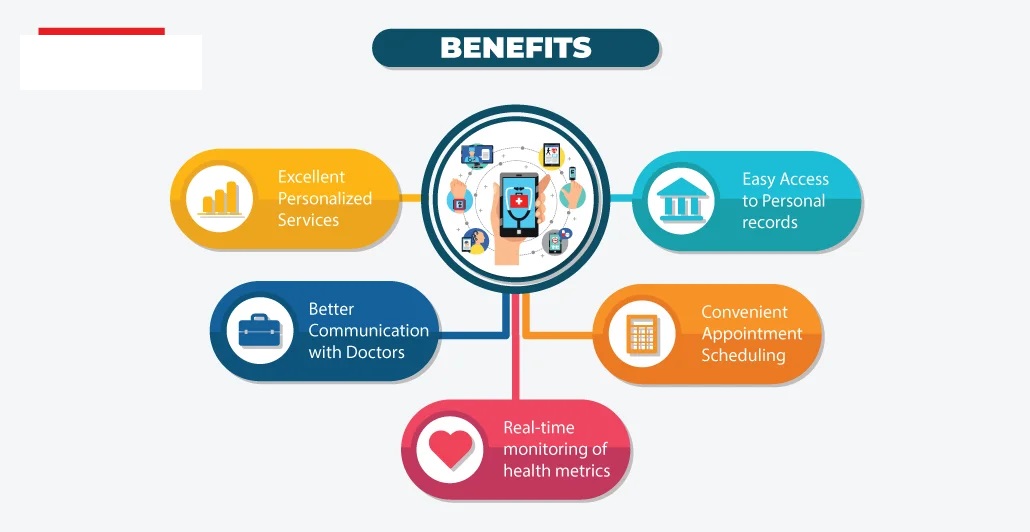
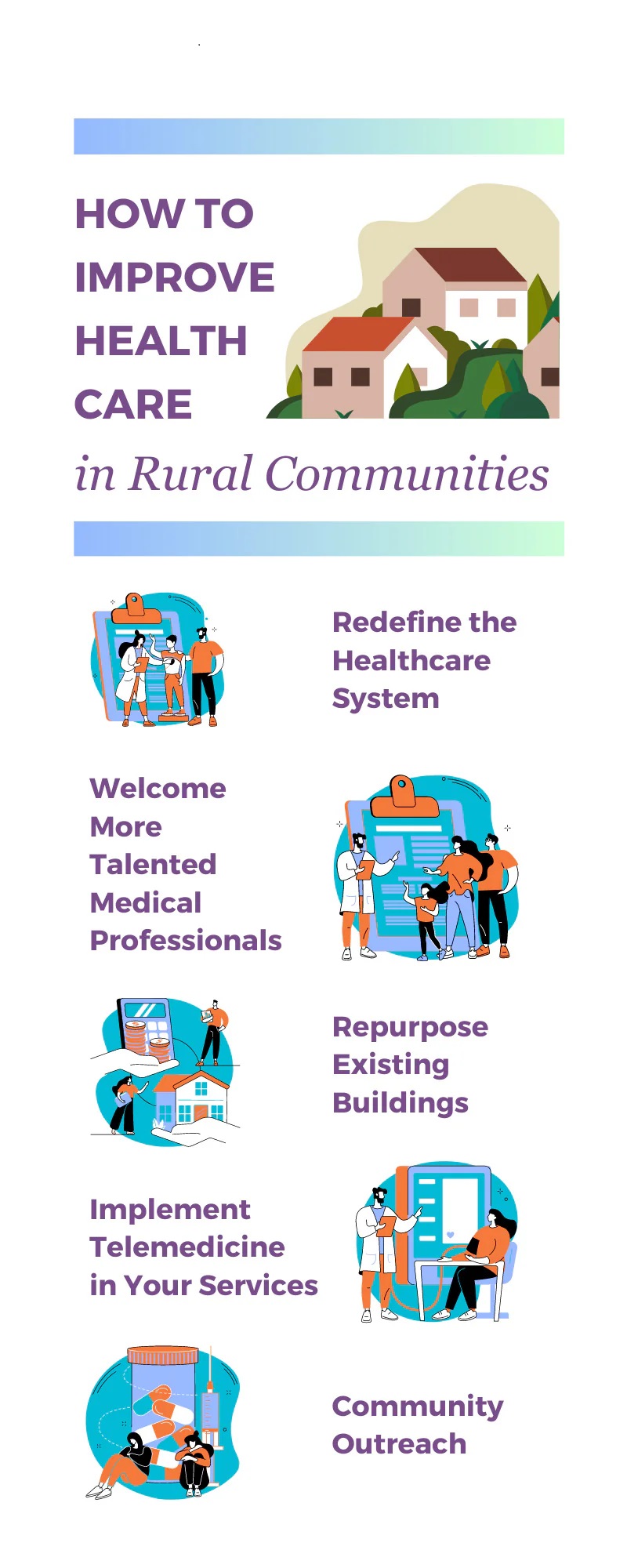


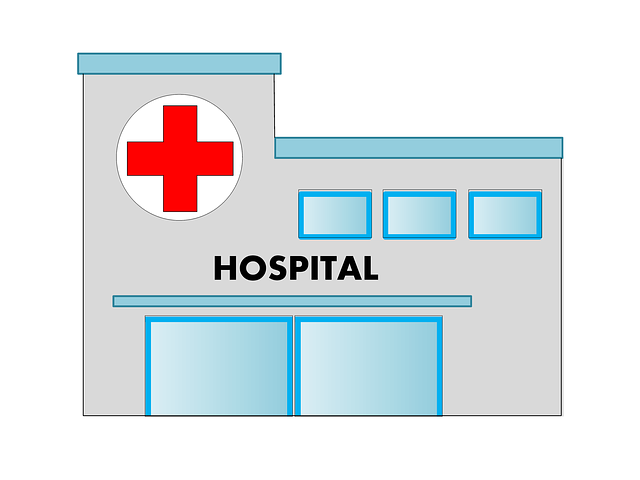



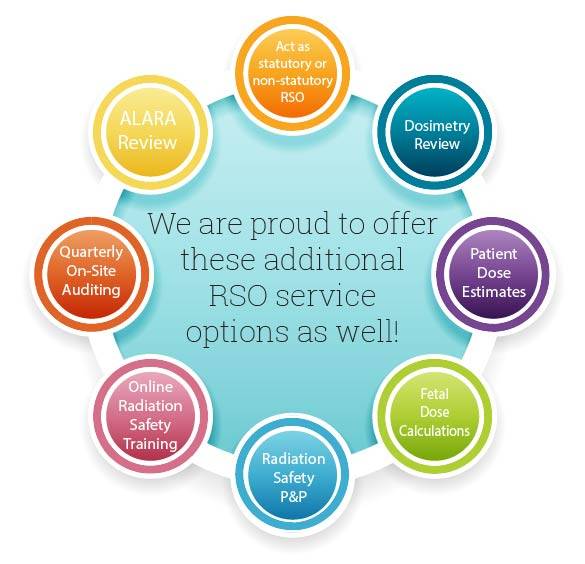
Leave a Reply